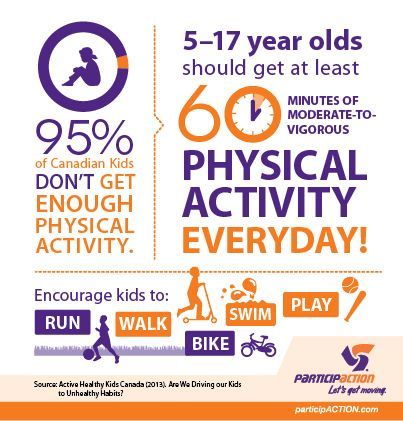How Much Exercise Does Your Child Need?
In today’s modern world, children are spending more time indoors glued to screens than ever before. With the rise of technology, it has become increasingly important to prioritize physical activity for our children. But how much exercise does your child really need in order to stay healthy and active? In this article, we will explore the recommended guidelines for children’s exercise and the benefits it provides.
Recommended Guidelines
According to the Centers for Disease Control and Prevention (CDC), children and adolescents aged 6-17 years should engage in at least 60 minutes of physical activity every day. This should include a mix of moderate-intensity aerobic activity, such as brisk walking or biking, as well as muscle-strengthening activities like push-ups or gymnastics.
Benefits of Exercise for Children
Regular physical activity has numerous benefits for children’s health and well-being. It helps to build strong bones and muscles, improves cardiovascular fitness, and can reduce the risk of developing chronic diseases such as obesity and Type 2 diabetes. Exercise also plays a crucial role in promoting positive mental health, reducing stress, and improving sleep patterns.
Ways to Encourage Exercise
As a parent, there are many ways you can encourage your child to be more active. Limit screen time and encourage outdoor play, enroll them in sports or recreational activities, and lead by example by being active yourself. Make physical activity a fun and enjoyable part of your child’s daily routine, rather than a chore.
Types of Exercise for Children
There are many different types of exercise that children can participate in to meet their daily activity requirements. Some examples include:
Aerobic Activities
– Running
– Swimming
– Jumping rope
– Dancing
Muscle-Strengthening Activities
– Climbing
– Monkey bars
– Push-ups
– Sit-ups
Bone-Strengthening Activities
– Jumping
– Running
– Playing sports like basketball or soccer
– Hopping
Conclusion
In conclusion, regular physical activity is crucial for children’s overall health and well-being. By following the recommended guidelines for exercise and incorporating a variety of activities into your child’s routine, you can help them develop healthy habits that will last a lifetime. Encouraging your child to be active not only benefits their physical health but also promotes positive mental health and social development. So, get moving and make exercise a priority for your child’s future success.


